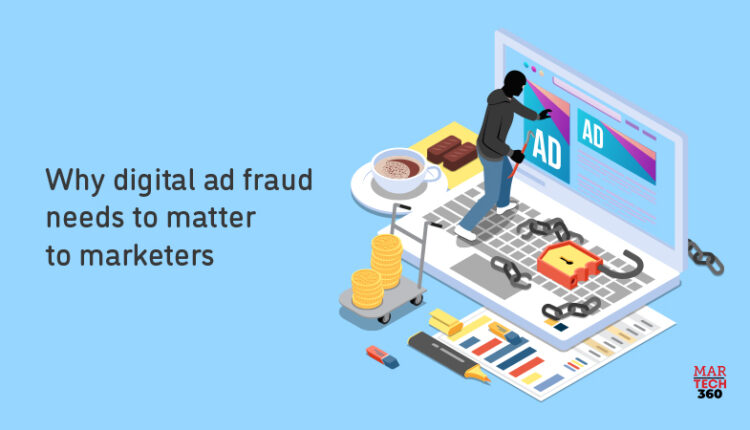When Was the Last Time You Cleaned Under Your Rug? Why digital ad fraud needs to matter to marketers
When cleaning your house, how often do you dust underneath your rug? My guess is probably not very often. Now, what if there was $35 Billion dollars under that rug? My guess is that you would grab your vacuum, broom and let the Roomba loose all at once and lift that rug up faster than you’ll exclaim “I’m rich!” with your newfound billions. So why when it comes to digital ad fraud – which is, you guessed it, an estimated $35 billion in North America alone this year, are we so reluctant within the advertising industry to address it, let alone talk about it?
For one, digital ad fraud thrives in opaque environments, which not only increases the complexity of eradicating it, but makes simply identifying it challenging as well. Additionally, the various methods of fraud are constantly evolving and increasing in complexity as well.
In the spirit of knowledge being power, the VAB developed “What is Digital Ad Fraud?”, a guide for critical digital ad fraud facts and relevant terms. Considering that, according to Juniper Research, ad fraud is projected to reach $172B globally by 2028, there’s no time like the present to educate ourselves. That number may initially surprise you, but when you consider that according to research firm CHEQ over 40% of online traffic in 2023 is invalid, it’s not so unbelievable. Understandably, in response to the ever-increasing challenges digital ad fraud presents, the growing ad fraud detection industry is projected to reach $9.4B globally by 2031.
Also Read: Why Market Research Should Be at the Center of Your Digital Strategy
I’m sympathetic to the fact that we as an industry have A LOT of moving parts, but we do tend to put blinders on and flock to the shiny object. If Advertising Week New York is any indicator of what that shiny object is this year, it’s clearly AI. With well over 25 sessions specifically dedicated to it (including a VAB moderated panel: “AI for Marketers: How AI is Bringing More Effectiveness and Efficiency to TV”), I couldn’t help but notice that only three sessions in total concentrated on the $35 Billion digital ad fraud problem.
Digital ad fraud presents serious brand reputation, legal and financial risk for advertisers. Across the four full days I spent at Advertising Week New York, I learned that the quality of data used to train Artificial Intelligence (AI) and Machine Learning (ML) models is paramount. In other words, your models are only as good as the data you’re plugging into them.
I couldn’t help but wonder… how much advertiser first party data is being impacted by ad fraud? With AI & ML models being so reliant on this type of data for training purposes, the negative effects of 1st party data poisoned by ad fraud could potentially compound.
The optimist in me sees the opportunity for AI and ML to play an even larger role in ad fraud mitigation. The more we leverage technology and work together as an industry to increase transparency, the more we can protect, preserve and propel the marketers who rely on us to grow their business.
Sweeping our problems under the rug doesn’t help anyone in the long run. Let’s be brave and lift the rug up together. You never know what we may find.


Comments are closed.